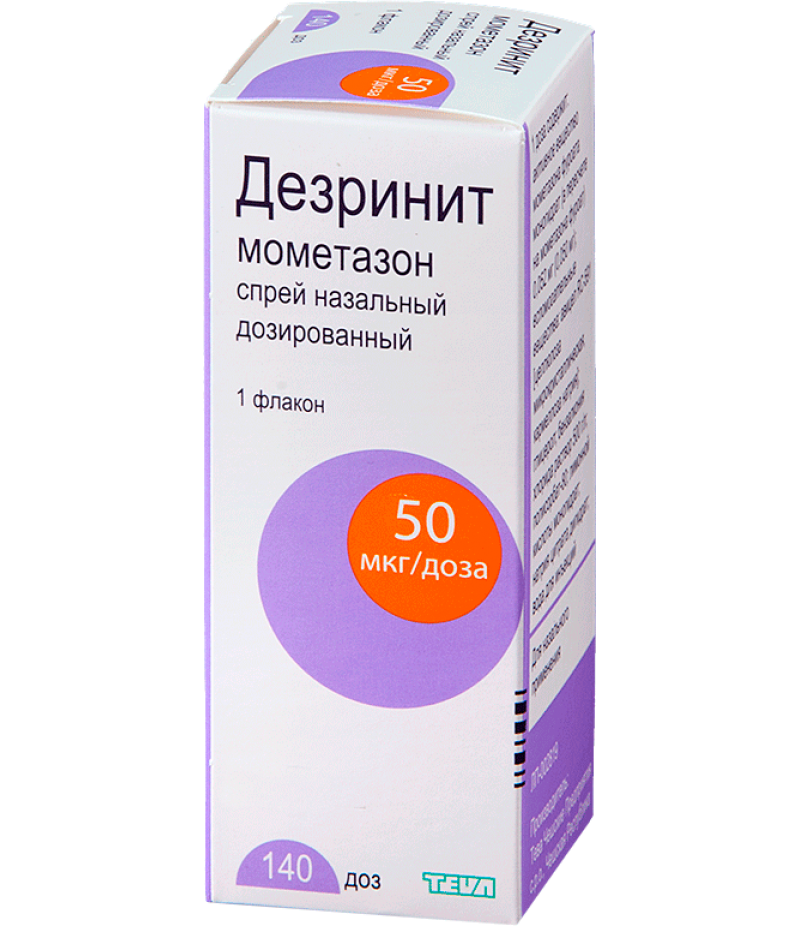Tafen Nasal spray 50mcg 200doses
- $21.63
- 3 or more $20.98
- Availability:In Stock
Tafen Nasal instructionReed more and buy Tafen Nasal on this pageCompositionOne dose of the nasal spray contains 50 μg of the active component Budesonide. Additional substances: hydrochloric acid, sucrose, polysorbate 80, propyl p..
Tags: spray
Tafen Nasal instruction
Reed more and buy Tafen Nasal on this page
Composition
One dose of the nasal spray contains 50 μg of the active component Budesonide. Additional substances: hydrochloric acid, sucrose, polysorbate 80, propyl parahydroxybenzoate, purified water, propylene glycol, microcrystalline cellulose.
Form of issue
Vials, equipped with a special dosing device. The bottles are made of dark glass and have a tip and nozzles for the nose. Each bottle is designed for 200 doses and packed in a cardboard box.
pharmachologic effect
Glucocorticosteroid intranasal use. The active substance has a pronounced anti-allergic and anti-inflammatory effect. Resorptive action does not develop when using a medicament in therapeutic dosages. With long-term therapy, Budesonide is well tolerated and does not have mineralocorticoid activity. Against the background of treatment, the production of inflammatory mediators, eosinophil granulocytes and mast cells is reduced; increases the production of anti-inflammatory proteins. The active substance reduces the production of free radicals, toxic proteins, and also inhibits the synthesis of histamine, which reduces its concentration in the mast cells.
Spray can reduce the severity of negative symptoms of allergic rhinitis. Positive dynamics is recorded after 48 hours.
Pharmacodynamics and pharmacokinetics
After a single inhalation, the maximum level of budesonide is observed after 0.7 hours and is equal to 1 nmol / l. Only 20% of the active component enters the systemic bloodstream after intranasal administration. The active substance is distributed evenly and completely in the tissues, by binding to plasma proteins. Budesonide has low systemic bioavailability, as a result of a single-stage metabolism in the hepatic system, more than 90% of the active component is absorbed. In metabolites, glucocorticoid activity does not exceed 1%. The drug is excreted in the urine and feces.
Indications for use
Droplets in the nose are prescribed for:
nasal polyps;
rhinitis of non-allergic origin.
The drug is used to treat and prevent allergic rhinitis (seasonal and year-round forms).
Contraindications
pulmonary tuberculosis;
individual hypersensitivity to budesonide;
breast-feeding;
age restriction - up to 6 years.
In pregnancy, herpes, shingles, nose injuries, infectious diseases of the respiratory system (viral, bacterial, mycotic) Budesonide is used with caution, after consultation of specialized specialists.
Side effects
Respiratory tract:
nasal bleeding;
rhinorrhea;
formation of cortical formations on the mucous membranes;
irritation of the nasal cavity;
pain syndrome in the nose;
characteristic wheezing;
dyspnea;
sneezing;
hoarseness of voice.
Rarely are dryness of mucous walls in the throat, allergic responses, itching, urticaria, candidiasis of the nasal cavity. Long-term therapy can lead to perforation of the septum of the nose, the appearance of systemic reactions in the form of oppression of the adrenal system, a decrease in bone mineral density, growth retardation, cataracts, symptoms of hypercotism, the development of glaucoma.
Very rarely observed:
drowsiness;
myalgia;
anosmia;
a sore throat;
migraine headache;
dizziness;
nasal congestion, redness of the conjunctiva;
palpitation.
Instructions for Tafen Nasal (Method and Dosage)
The spray is intended for intranasal use.
Instructions for the use of Tafen Nasal in adults: 2 doses of 50 micrograms are administered twice daily to each nasal passage. Standard maintenance scheme: 1 dose per each nasal twice daily. Supportive is the lowest effective dose, able to cope with the symptoms of rhinitis. Single dose should not exceed 200 mcg. Regular and correct use of the medicament allows to achieve full therapeutic effect and reduce the severity of negative reactions.
Before spraying the spray, thorough cleaning of the nasal passages from the mucus is recommended with the help of physiological solution. The vial is shaken before each use, then a special protective cap is removed and a small amount of the drug is sprayed into the air, pressing on the nozzle. If the outlet is clogged, flushing of the nozzle is required, cleaning with sharp objects and needles is unacceptable.
Overdose
With a random overdose of pronounced symptomatology is not observed. The development of acute overdose is unlikely. Long-term therapy together with other glucocorticosteroids can lead to a clinical picture of hypercortisy. In such cases, gradual withdrawal of the drug is recommended.
Interaction
Decrease in the effectiveness of budesonide is observed with simultaneous therapy with inducers of microsomal oxidation:
Rifampicin;
Phenytoin;
Phenobarbital.
The reverse reaction is observed in relation to ketoconazole, methandienone, estrogens.
Storage conditions
The manufacturer's recommended temperature regime is up to 25 degrees. Limit the uncontrolled admission of small children.
Shelf life - 2 years.
special instructions
Do not spray into the eyes. It requires careful monitoring of the hypothalamus and the pituitary-adrenal system during the transition from systemic glucocorticosteroid therapy to treatment with a nasal spray. The medication is canceled smoothly, controlling the hormonal parameters. When the dose is reduced, the following is recorded:
depressed mood;
apathy;
pain in joints and muscle tissue.
Glucocorticosteroids can slow the healing of wound surfaces. A full therapeutic effect is observed with regular application of the spray. Long-term treatment requires an annual examination of the nasal mucosa. In children, there were cases of growth retardation in the background of treatment with Tafen Nasal.
During pregnancy (and lactation)
Tafen Nasal during pregnancy is prescribed in those cases when the expected benefit exceeds possible risks for fetal development. It is recommended to stop breastfeeding for the entire period of treatment with budesonide.
Reviews of Tafen Nasal (general view)
The drug is actively used in pulmonology and allergology. Reviews of Tafen indicate a high effectiveness of the spray when stopping unpleasant symptoms of allergic rhinitis. Patients noted ease of use, duration of action and rapid effect. Doctors actively appoint Tafen Nasal in their medical practice.



